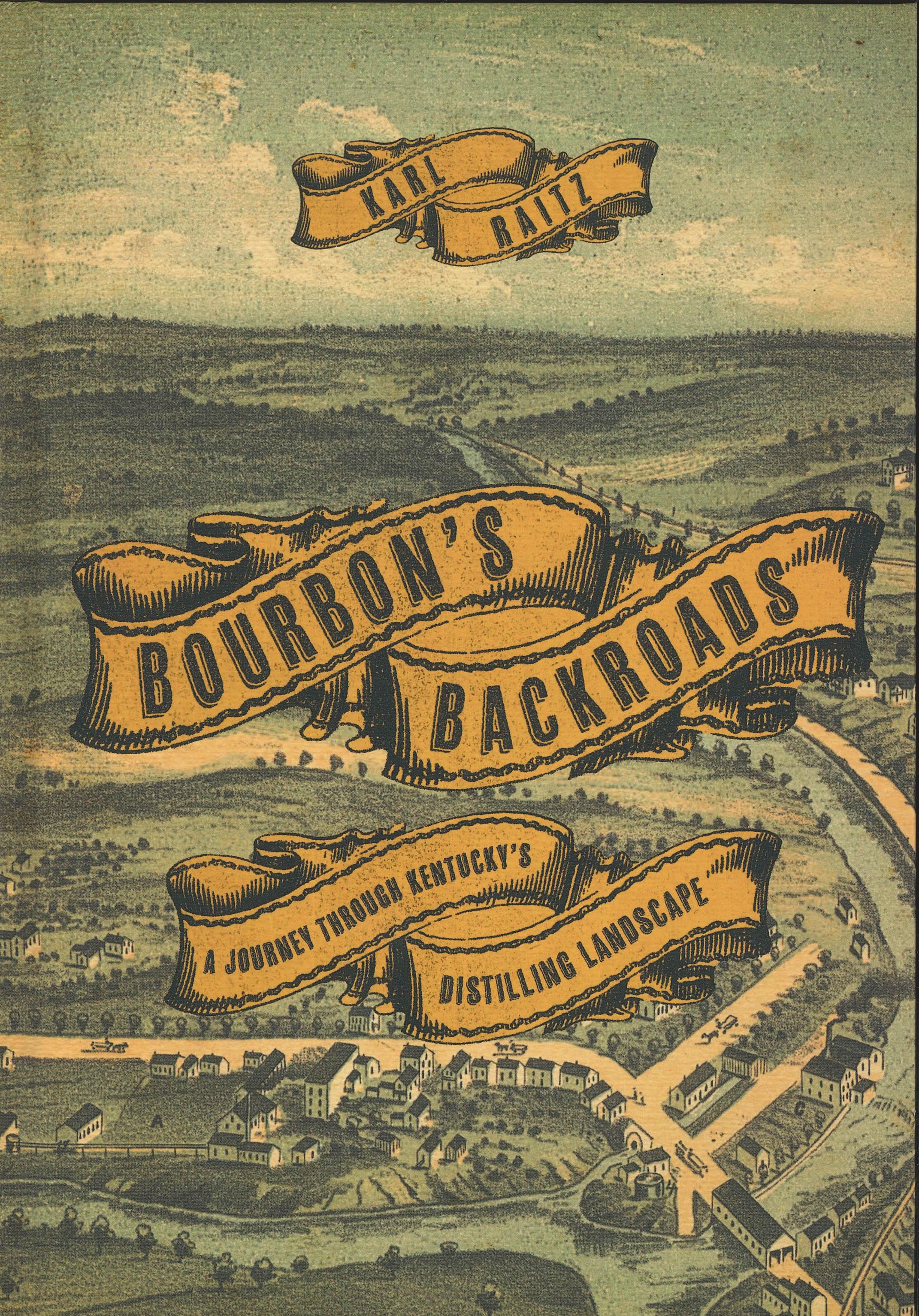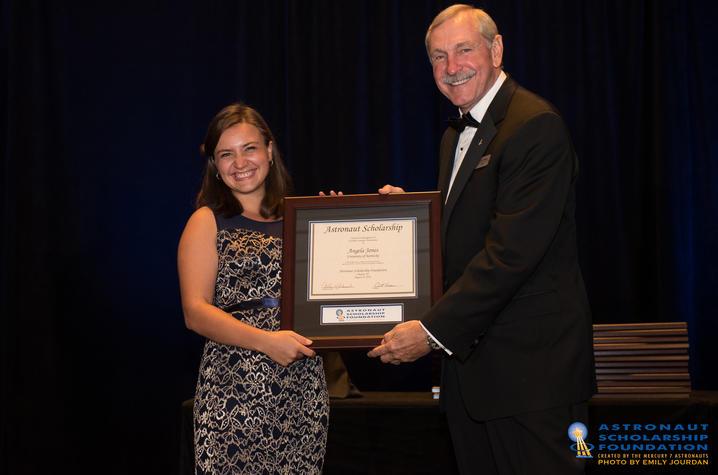Although the COVID-19 response has cancelled this event, we would like to recognize the following graduates as well as our awards and scholarships recipients.
.Table
{
display: table;
float: left;
margin-right: 20px;
margin-bottom: 20px;
}
.Table2
{
display: table;
margin-right: 20px;
margin-bottom: 20px;
}
.Head
{
display: table-row;
font-weight: bold;
text-align: center;
background-color:#005daa;
}
.Cell0
{
display: table-cell;
border-width: thin;
padding-left: 10px;
padding-right: 10px;
text-align: center;
background-color: #f8f8f8;
}
.Cell
{
display: table-cell;
border-width: thin;
background-color: #e7e7e8;
padding-left: 10px;
padding-right: 10px;
text-align: center;
}
.Cell1
{
display: table-cell;
border-width: thin;
background-color:#005daa;
padding-left: 10px;
padding-right: 10px;
text-align: center;
}
h3 {
color: rgb(255, 255, 255);
}
.Row
{
display: table-row;
}
*Denotes Chemistry Department Honors
*Denotes Chemistry Department Honors
|
Undergraduate Scholarships (2020-2021) |
|
Thomas B. Nantz Scholarship |
Bailey Chandler |
|
Paul G. Sears Chemistry Scholarship |
Reilly Cochran |
|
Paul G. Sears Chemistry Scholarship |
Lauren Osias |
|
Paul G. Sears Chemistry Scholarship |
Claire Scott |
|
Robert M. Boyer Memorial Scholarship |
April Collins |
|
David W. and Eloise C. Young Scholarship |
Anna Fatta |
|
David W. and Eloise C. Young Scholarship |
Amanda Shaw |
|
Robert Singleton Hart 1907 Scholarship |
Allison Segard |
|
Paul L. Corio Scholarship |
Tyler Vogel |
|
Dr. Hume and Ellen Towle Bedford Scholarship |
Matthew Farmer |
|
ACS-Hach Land Grant Scholarship |
Sydney Sheldon |
|
ACS-Hach Land Grant Scholarship |
Brandon Cooke |
|
Scholarships (2019-2020) |
|
Wilbur L. Price Undergraduate Scholarship |
Jenna Rector (Fall 2019) |
|
Wilbur L. Price Undergraduate Scholarship |
Lenvel Perry III (Fall 2019) |
|
Murrill Graduate Fellowship |
Kyle Baustert |
|
Graduate Awards (2019-2020) |
|
100% Plus |
Taylor Varner |
|
100% Plus |
Alexandra Riddle |
|
Fast Start |
Nadeesha Kothalawala |
|
Outstanding Graduate Research |
Tyler Mertens |
|
Outstanding TA |
Kanthi Nuti |
|
Outstanding TA |
Vinayak Bhat |
|
Outstanding General Chemistry TA |
Al Masud Abdullah |
|
Outstanding General Chemistry TA |
Keerthan Rao |
|
Undergradute Awards (2019-2020) |
|
General Chemistry Excellence Award |
Ben You |
|
General Chemistry Excellence Award (Fall 2019 - CHE105) |
Danielle Dutton |
|
General Chemistry Excellence Award (Fall 2019 - CHE107) |
Tongxin Wang |
|
General Chemistry Excellence Award (Spring 2020 - CHE105) |
Austin King |
|
General Chemistry Excellence Award (Spring 2020 - CHE107) |
Rebecca Ahn |
|
Freshman Chemistry Award |
Ashley Bates |
|
Hammond Leadership Award |
Angela Jones |
|
Willard R. Meredith Memorial Award |
Lauren Seeger |
|
Nancy J. Stafford Award |
Christopher Stanford |
|
Hammond Undergraduate Service Award |
Ebubechi Adindu |
|
Hammond Undergraduate Service Award |
JT Coogle |
 With more than 50 distilleries in the state, bourbon is as synonymous with Kentucky as horses and basketball. As one of the Commonwealth's signature industries, bourbon distilling has influenced the landscape and heritage of the region for more than two centuries.
With more than 50 distilleries in the state, bourbon is as synonymous with Kentucky as horses and basketball. As one of the Commonwealth's signature industries, bourbon distilling has influenced the landscape and heritage of the region for more than two centuries.

